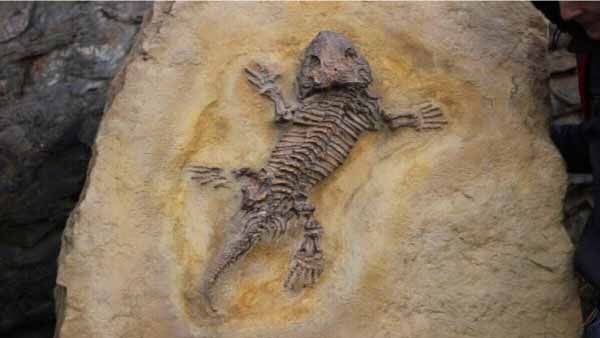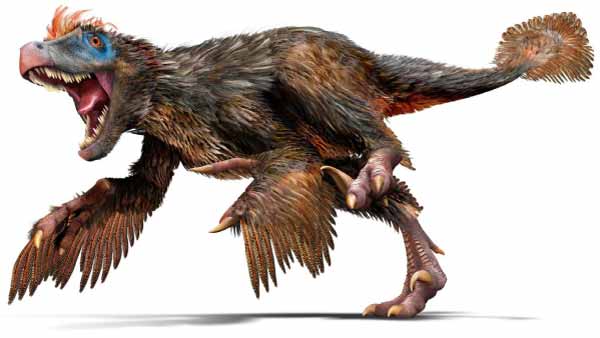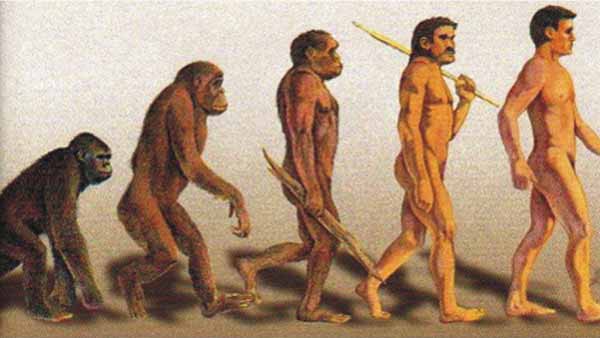Paleoecology is a branch of ecology that is dedicated to the study of past ecosystems and how they have evolved over time. It uses techniques from various disciplines, such as geology, botany, zoology, paleontology and archaeology, to reconstruct past environments and understand how living beings have interacted with them.
Paleoecology focuses on the analysis of fossil remains, such as pollen, leaves, bones, teeth and other vestiges that allow to reconstruct the fauna and flora of past eras. Through the study of these remains, paleoecologists can determine what ecosystems were like in the past, how species were distributed, and how they related to each other.
It is an important discipline for understanding the evolution of ecosystems and for predicting how environmental changes may affect living things in the future. It also has applications in biodiversity conservation and natural resource management.
How to reconstruct the fauna and flora of past eras?
There are various techniques for reconstructing the fauna and flora of past eras, some of which include:
Analysis of fossil remains: Fossil remains, such as bones, teeth, shells and other vestiges, can provide information about the fauna of the past. Paleontologists can identify species from fossil remains and reconstruct their appearance and behavior.
Pollen analysis: Pollen is a valuable record of past vegetation. Pollen analysis can provide information about the composition and diversity of flora at any given time.
Sediment analysis: Sediments can contain a wide variety of remains, such as leaves, seeds, fruits, insects, and other biological remains. Analysis of these remains can provide insight into the composition of past flora and fauna.
Isotope study: Isotopes are different versions of the same chemical element with different numbers of neutrons. Analysis of isotopes in fossil remains and sediments can provide information about the diet and environment in which living things lived in the past.
Analysis of historical records: Historical records, such as diaries, letters, and other written documents, can provide information about flora and fauna in the past and their relationship to human activities.
Together, these techniques make it possible to reconstruct the ecosystems of the past and understand how they have evolved over time.
Techniques from various disciplines
Paleoecology is an interdisciplinary discipline that uses techniques from various disciplines to study ecosystems of the past. Some of the disciplines that contribute to paleoecology include:
Geology: Geology is important in paleoecology as sediments and rocks can provide valuable information about past environments.
Botany: Botany studies flora and is essential in paleoecology since the fossil remains of plants, such as pollen and leaves, are fundamental to reconstruct the vegetation of the past.
Zoology: Zoology studies fauna and is fundamental in paleoecology since the fossil remains of animals, such as bones and teeth, can provide information about the fauna of the past.
Paleontology: Paleontology is the science that studies fossils and is essential to paleoecology since fossil remains are fundamental to reconstructing the fauna and flora of the past.
Archaeology: Archaeology is the science that studies the material remains of past cultures and is important for paleoecology as archaeological records can provide insights into the interactions between humans and ecosystems of the past.
Climatology: Climatology is the science that studies climate and is important in paleoecology since climate is a key factor in the evolution of ecosystems of the past.
Together, these disciplines allow paleoecologists to get a more complete and detailed picture of past ecosystems and understand how they have evolved over time.


